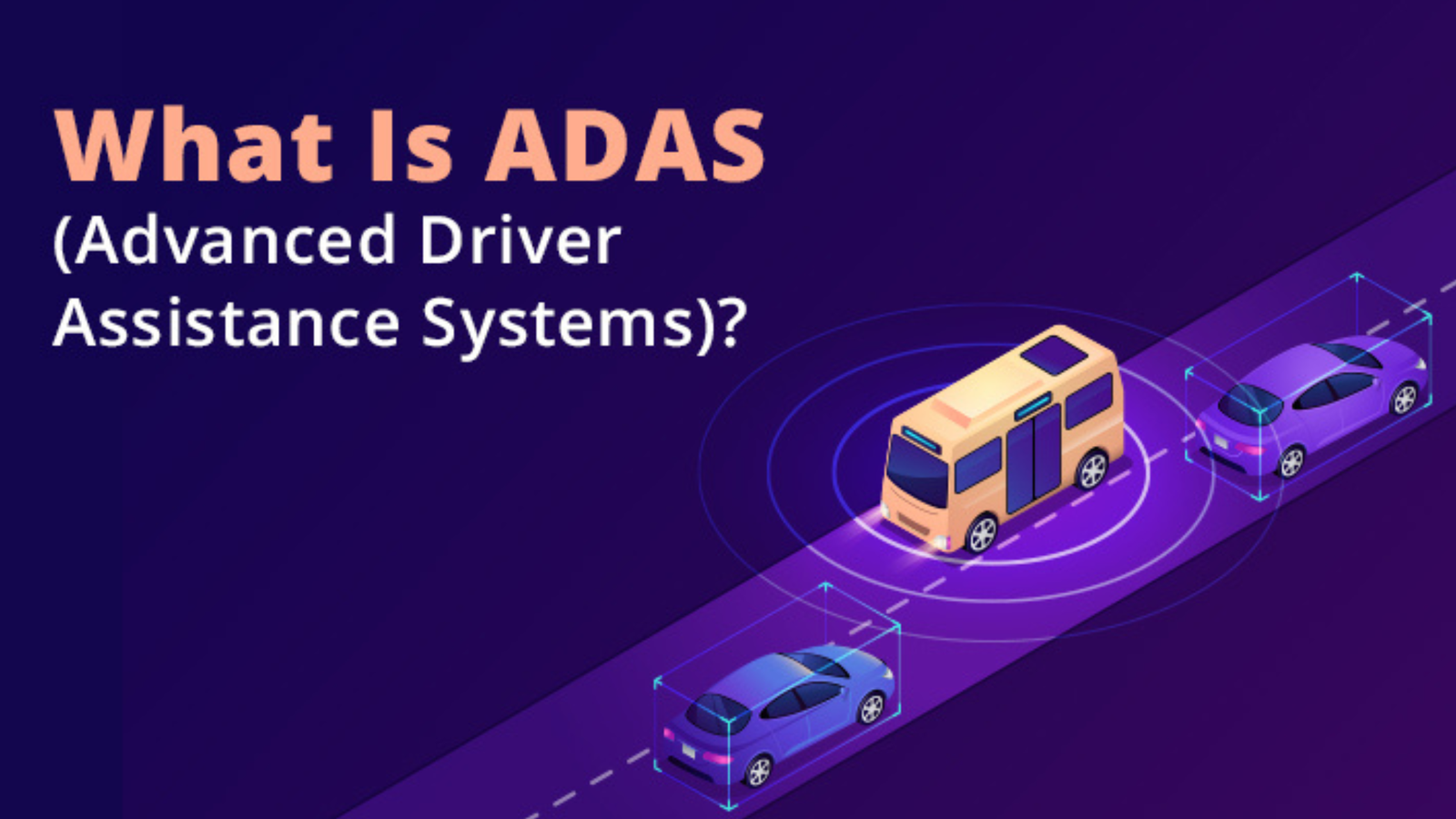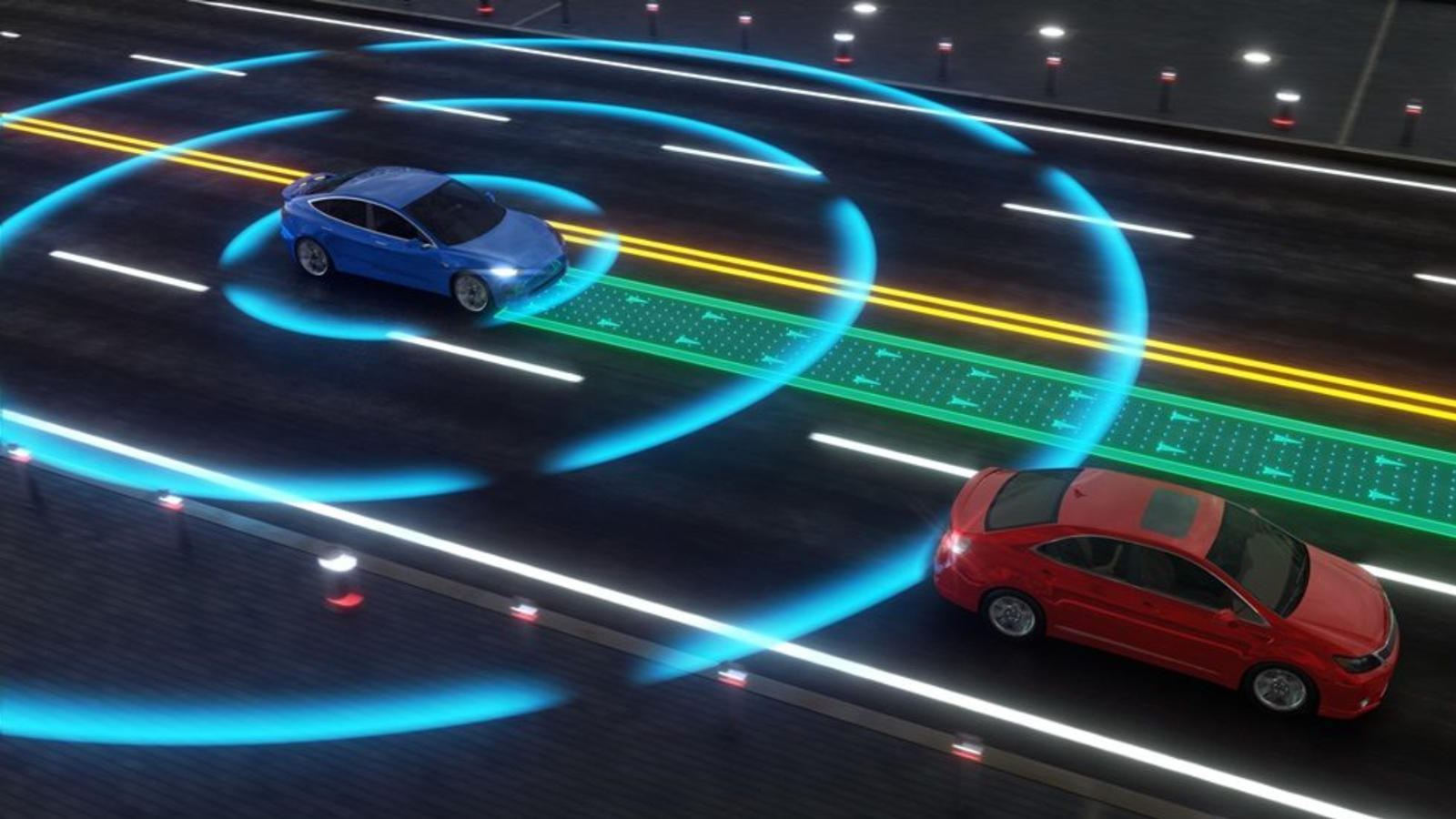In the fast-evolving world of automotive technology, Advanced Driver Assistance Systems (ADAS) have become a cornerstone of modern vehicle safety and convenience. Whether you’re a car enthusiast or someone planning to buy a new vehicle, understanding how these systems work can be invaluable. This comprehensive guide will walk you through how Advanced Driver Assistance Systems function, their benefits, the types available in 2025, and their approximate costs
 .
.
What Are Advanced Driver Assistance Systems?
Advanced Driver Assistance Systems are a suite of electronic technologies embedded in vehicles to assist drivers during driving and enhance road safety. These systems utilize various sensors, cameras, radar, and software algorithms to detect the environment around the car and take action or provide warnings to prevent accidents.
The aim of Advanced Driver Assistance Systems is not to replace the driver, but to support safer driving through automation, alerts, and active intervention when needed.
Key Components of ADAS
Understanding the core components that power Advanced Driver Assistance Systems helps you appreciate the sophistication of these technologies:
1. Cameras
High-resolution cameras are placed around the car, including the windshield, rear-view mirrors, and bumpers. These cameras help detect lane markings, traffic signs, pedestrians, and other vehicles.
2. Radar Sensors
Located on the front and rear bumpers, radar sensors provide accurate distance measurements. They work well in poor weather and are essential for adaptive cruise control and collision detection.
3. Ultrasonic Sensors
These are typically used in parking assistance and blind spot detection. They emit ultrasonic waves to detect objects very close to the vehicle.
4. Lidar (Optional in Some Cars)
Light Detection and Ranging (Lidar) is an advanced sensor using lasers to map the environment in 3D. It’s especially useful for autonomous functions.
5. Central Processing Unit (ECU)
The brain of Advanced Driver Assistance Systems, the ECU analyzes all sensor data and determines appropriate actions.
How Do Advanced Driver Assistance Systems Work?
Step 1: Perception
ADAS collects data in real-time through cameras, radar, lidar, and ultrasonic sensors. This input includes vehicle speed, road signs, surrounding traffic, pedestrians, and lane markers.
Step 2: Processing
The ECU processes this massive influx of data using advanced algorithms and machine learning. The system identifies potential hazards or changes in the driving environment.
Step 3: Action or Alert
Based on the processed information, ADAS can either alert the driver through visual/auditory/haptic feedback or intervene by taking action like braking or steering.

Top Features of Advanced Driver Assistance Systems in 2025
Let’s explore the most popular and useful features that come with Advanced Driver Assistance Systems in modern cars:
1. Adaptive Cruise Control (ACC)
Automatically adjusts your vehicle’s speed to maintain a safe following distance from the car ahead.
2. Lane Keeping Assist (LKA)
Alerts or steers the vehicle back into the lane if it detects an unintentional drift.
3. Automatic Emergency Braking (AEB)
Detects potential collisions and applies the brakes if the driver doesn’t respond in time.
4. Blind Spot Monitoring (BSM)
Warns you when another vehicle is in your blind spot, often with visual alerts in the side mirror.
5. Parking Assistance
Helps drivers parallel park or reverse park by controlling steering or providing visual guidance.
6. Traffic Sign Recognition
Reads and displays traffic signs on the dashboard or HUD.
7. Driver Drowsiness Detection
Monitors driver behavior for signs of fatigue and suggests breaks.
8. 360-Degree Camera System
Provides a bird’s-eye view around the car, making parking and maneuvering safer.
Benefits of Advanced Driver Assistance Systems
1. Enhanced Safety
ADAS significantly reduces accidents caused by human error. Features like AEB and lane departure warning proactively prevent collisions.
2. Reduced Driver Fatigue
By automating certain tasks, such as cruise control and lane keeping, drivers feel less stressed, especially on long trips.
3. Lower Insurance Premiums
Many insurance companies offer discounts for vehicles equipped with Advanced Driver Assistance Systems.
4. Better Resale Value
Cars with ADAS features typically have higher resale value due to increased demand for safety technology.
5. Improved Road Awareness
ADAS increases a driver’s awareness by alerting them to hazards they might not see immediately.
Limitations of ADAS
Despite their benefits, Advanced Driver Assistance Systems have limitations:
- Weather Sensitivity: Fog, rain, and snow can affect camera and sensor performance.
- System Confusion: Poorly marked roads or complex urban environments can confuse the system.
- Driver Overreliance: ADAS is an aid, not a replacement. Drivers must remain alert.
- Maintenance Costs: Replacing sensors and cameras can be expensive if damaged.
ADAS in Affordable vs Premium Cars: A Price Comparison
Here is a general overview of how much Advanced Driver Assistance Systems cost, depending on the vehicle type:
| Car Model (2025) | ADAS Package Included | Price Range (USD) |
|---|---|---|
| Toyota Corolla XSE | LKA, ACC, AEB, TSR | $26,000 – $28,500 |
| Hyundai Elantra Limited | Full ADAS suite | $25,000 – $27,000 |
| Tesla Model 3 | Enhanced Autopilot (ADAS+) | $39,000 – $52,000 |
| BMW 5 Series | Driver Assistance Pro Package | $58,000 – $65,000 |
| Mercedes-Benz E-Class | DISTRONIC+, Active Steering | $70,000 – $80,000 |
Note: In many cars, basic ADAS is standard, but advanced features may require optional packages costing $1,500 – $6,000.
Future of Advanced Driver Assistance Systems
With advancements in AI and machine learning, Advanced Driver Assistance Systems will continue to improve. Some trends to watch:
- AI-Powered Prediction: Systems that learn individual driving habits to customize alerts.
- Vehicle-to-Everything (V2X): Cars will communicate with other vehicles, infrastructure, and even pedestrians.
- Level 3 and 4 Automation: Limited hands-free driving on highways is becoming more accessible.
- Over-the-Air (OTA) Updates: Continuous software updates will add new features and improve performance.

Conclusion
Advanced Driver Assistance Systems are not just luxury features; they are now a vital part of automotive safety. From adaptive cruise control to automatic emergency braking, these technologies are shaping the future of mobility. Whether you’re buying a new car or upgrading your current one, investing in ADAS can enhance your safety, comfort, and overall driving experience.
As these systems become more sophisticated and accessible, understanding how they work will help you make informed decisions. So the next time you’re car shopping, don’t just look at the horsepower—check the ADAS package too!

